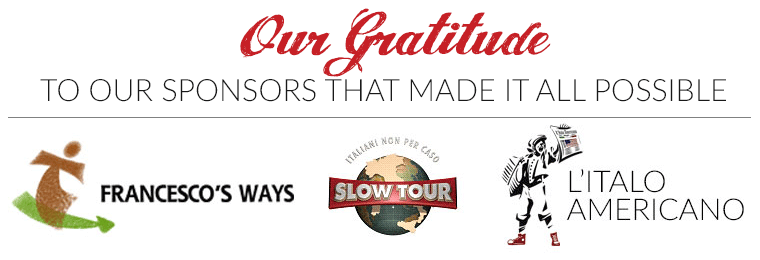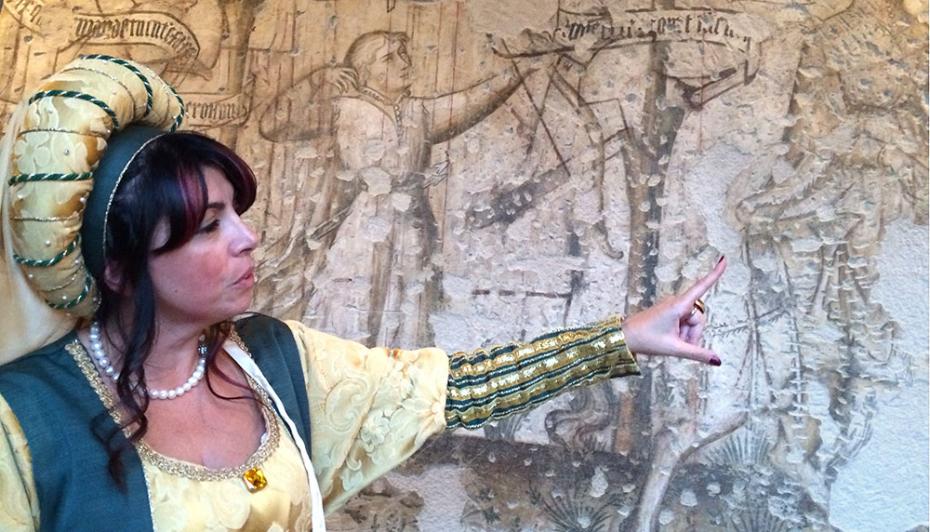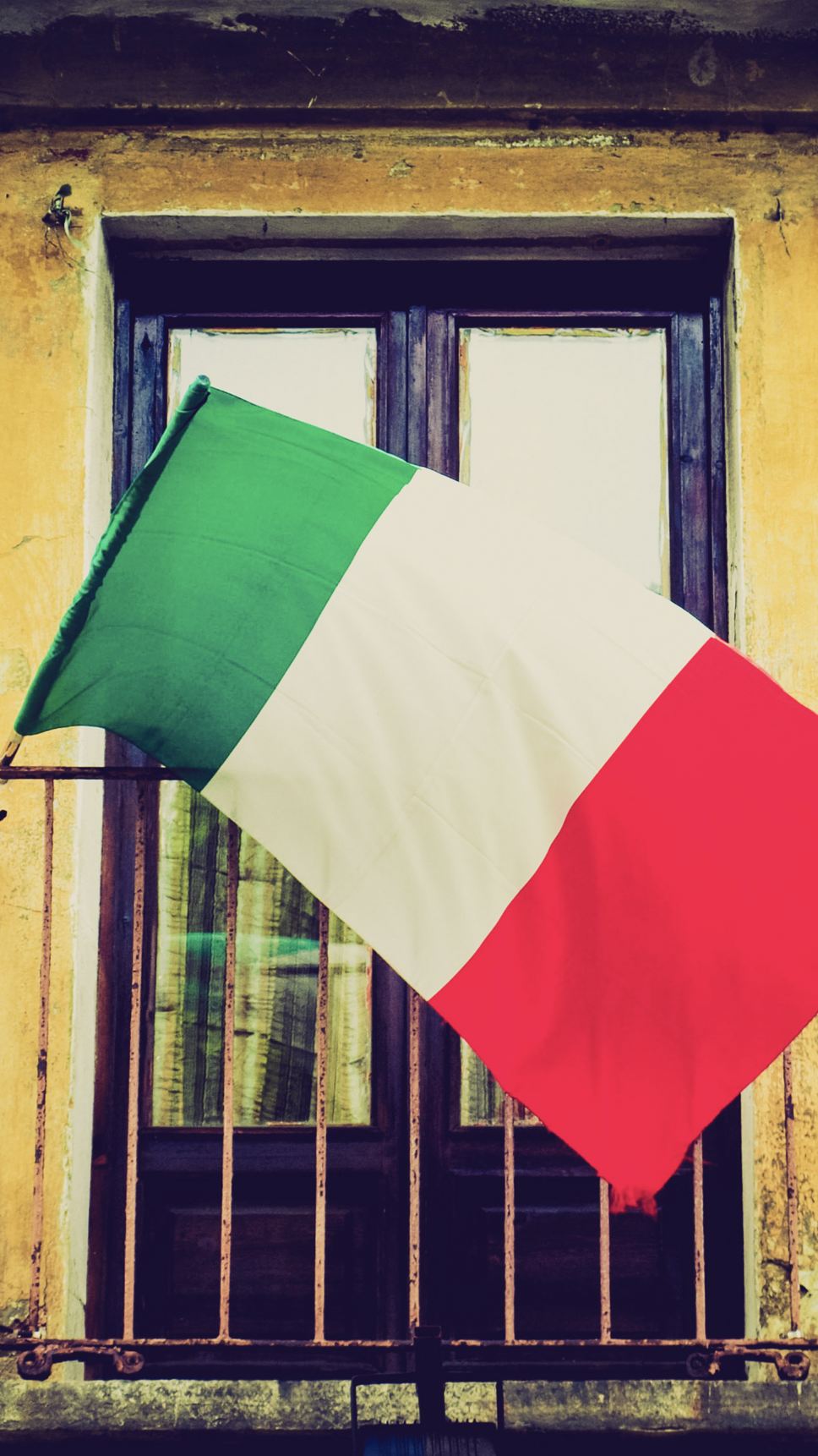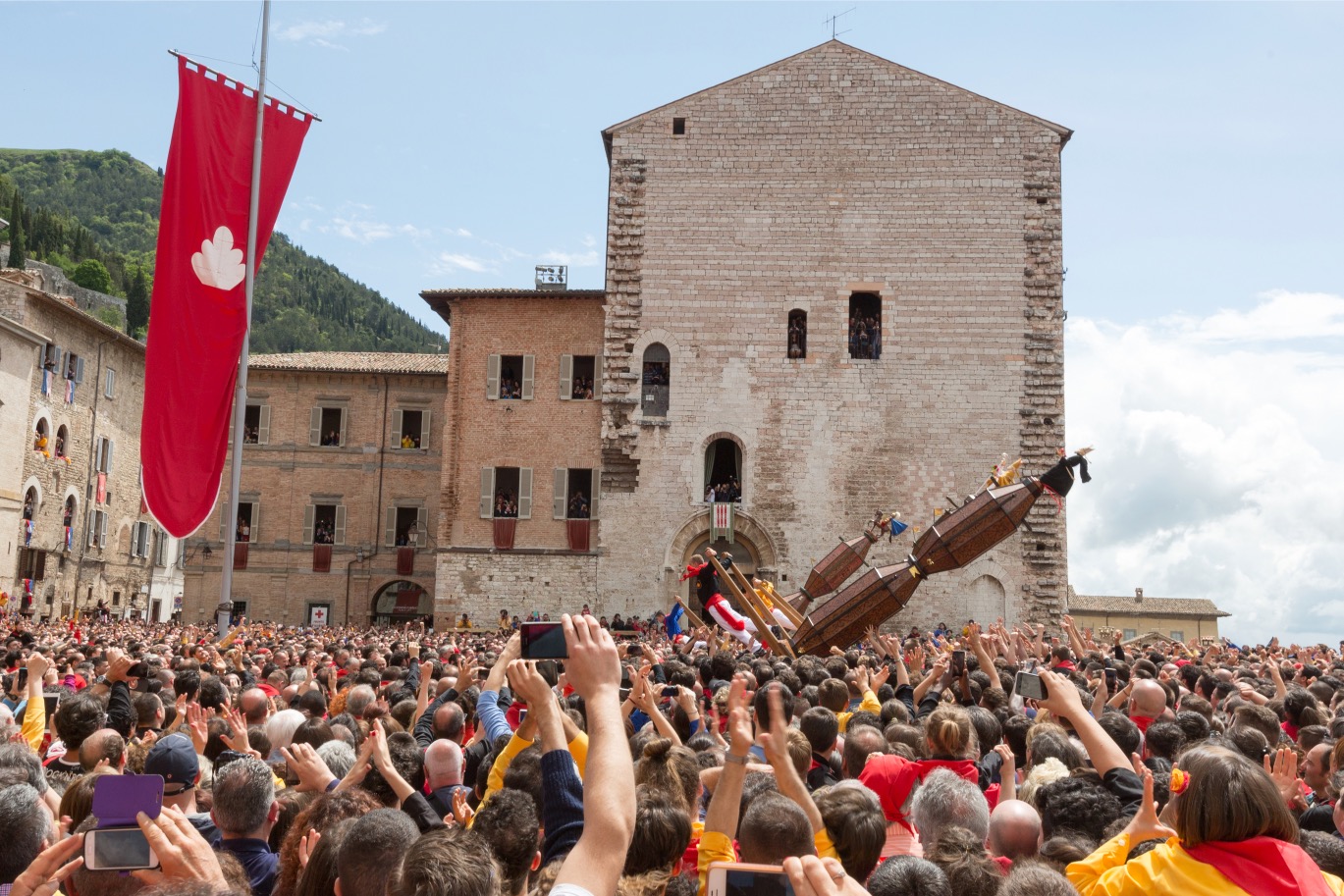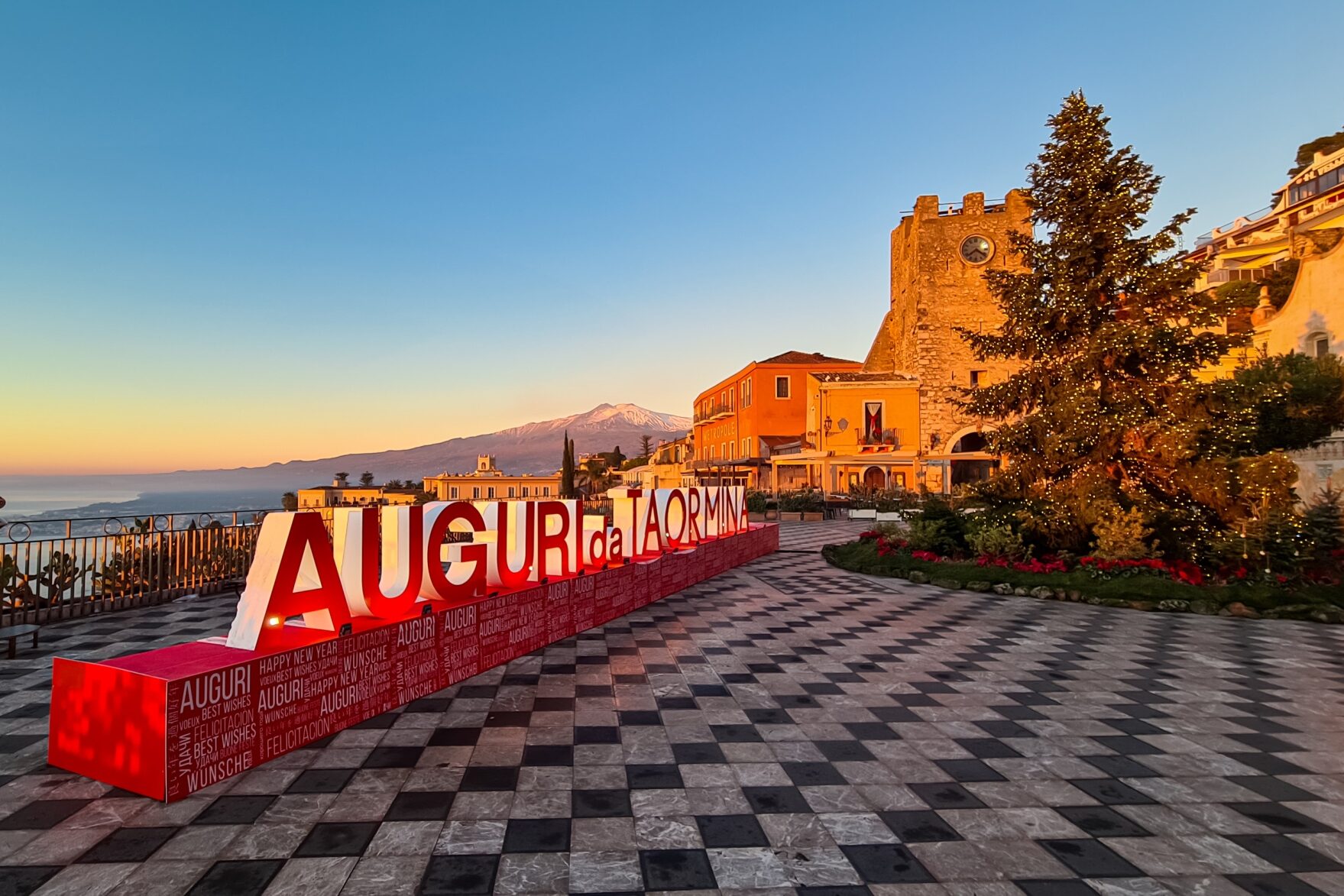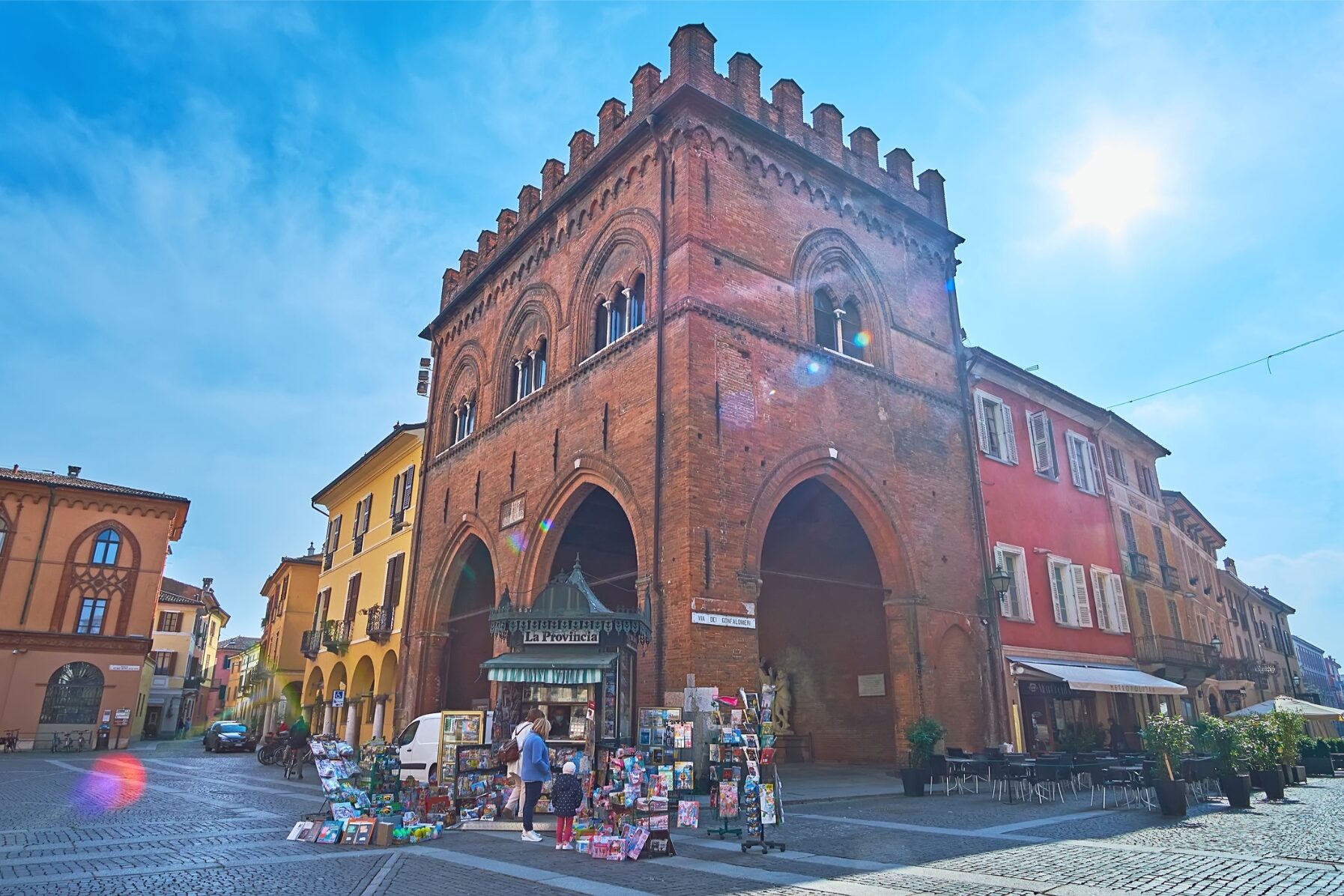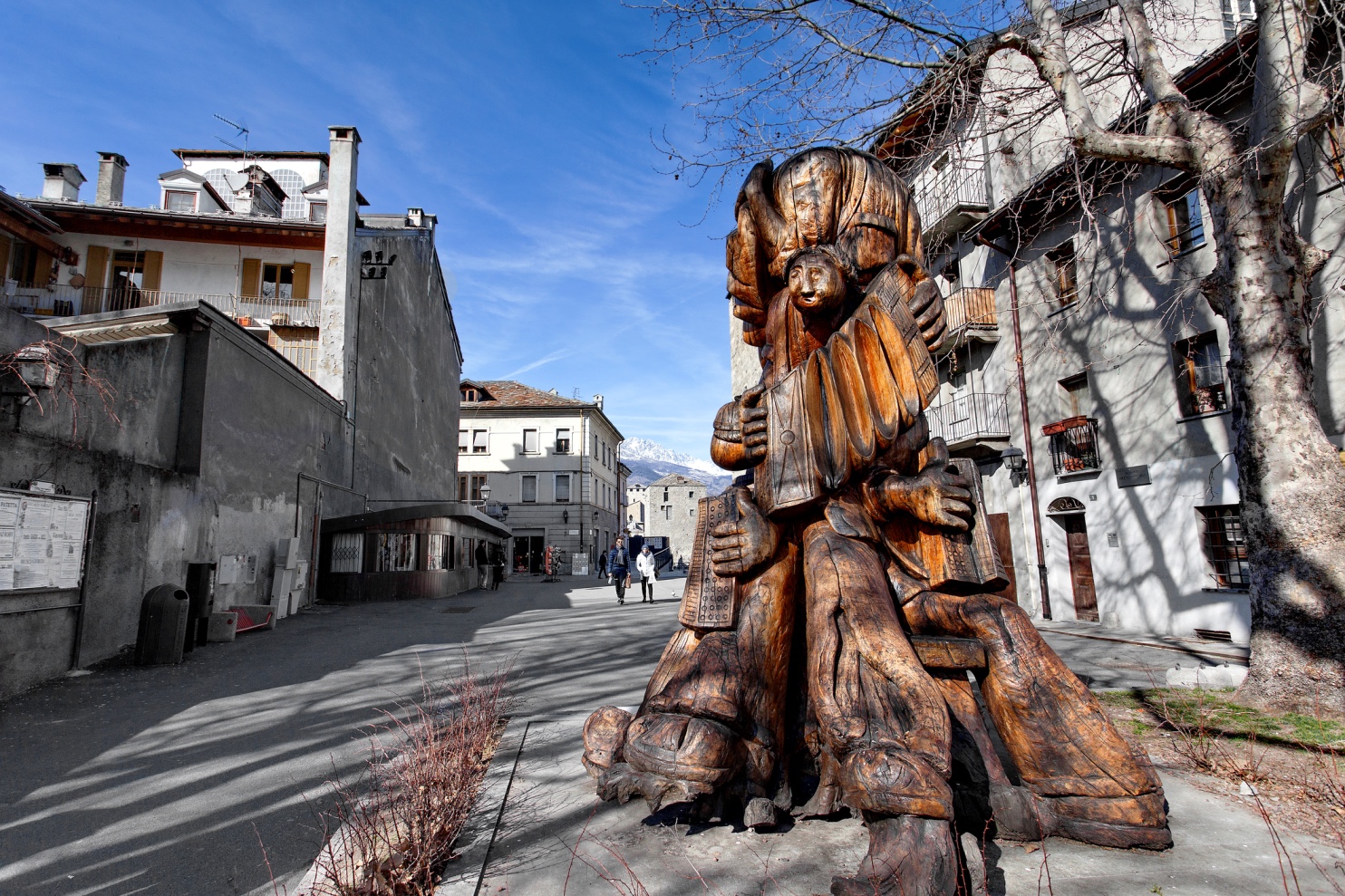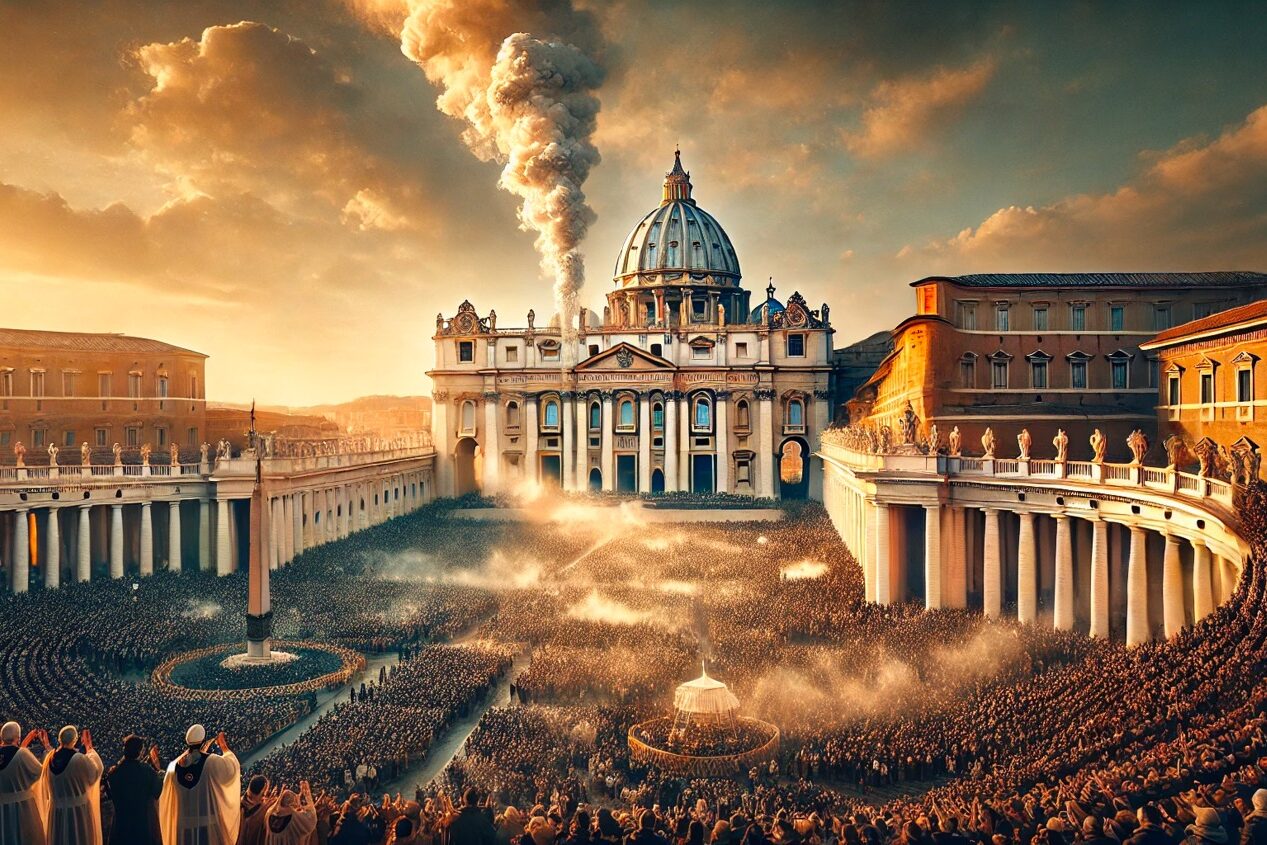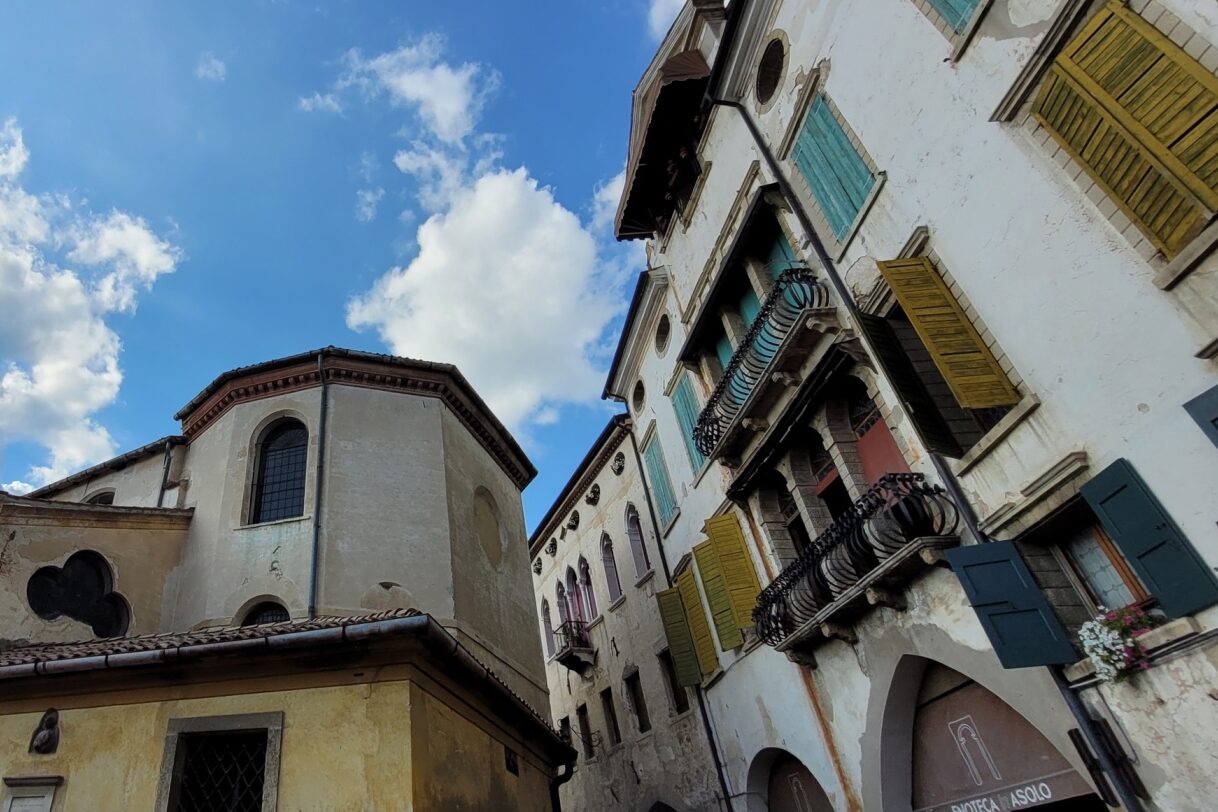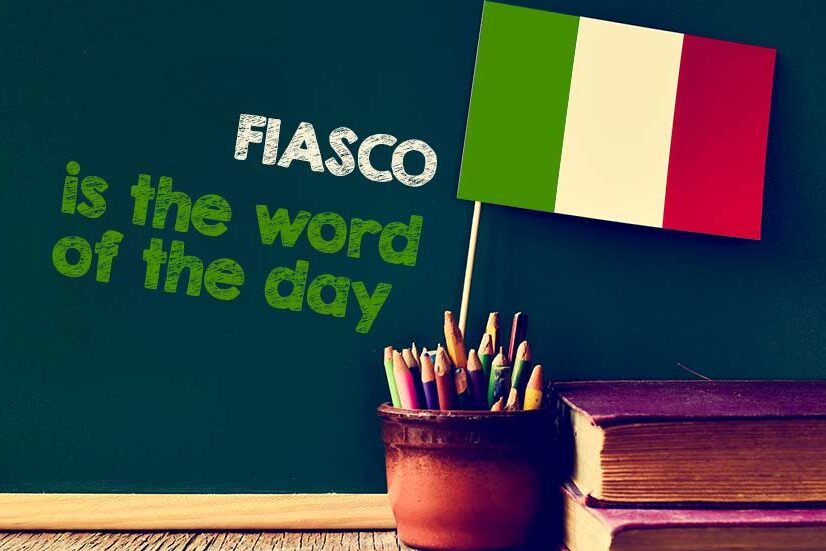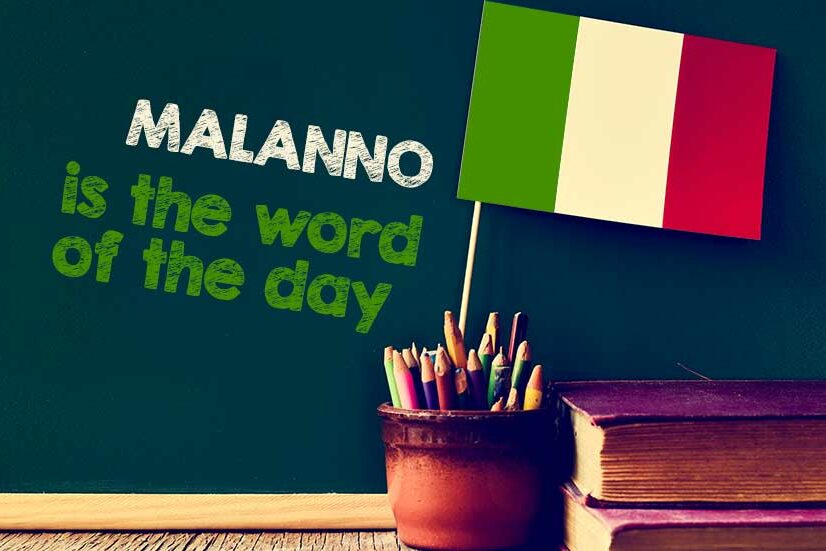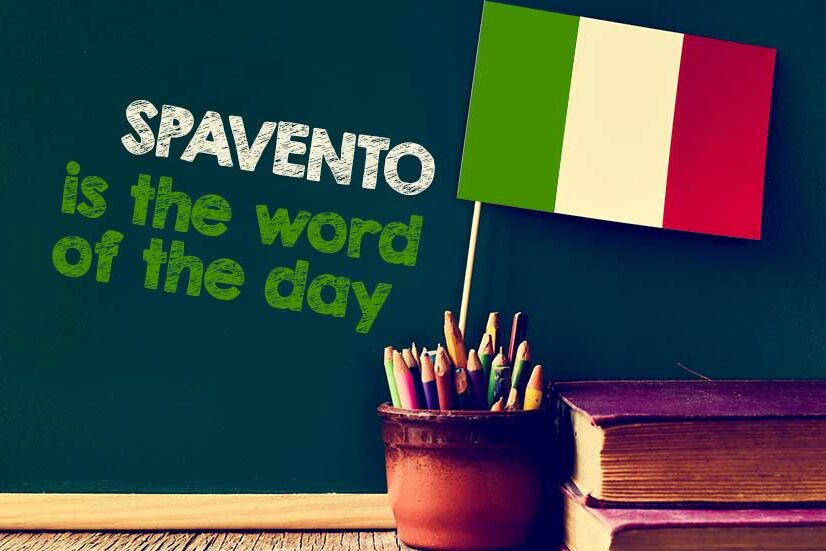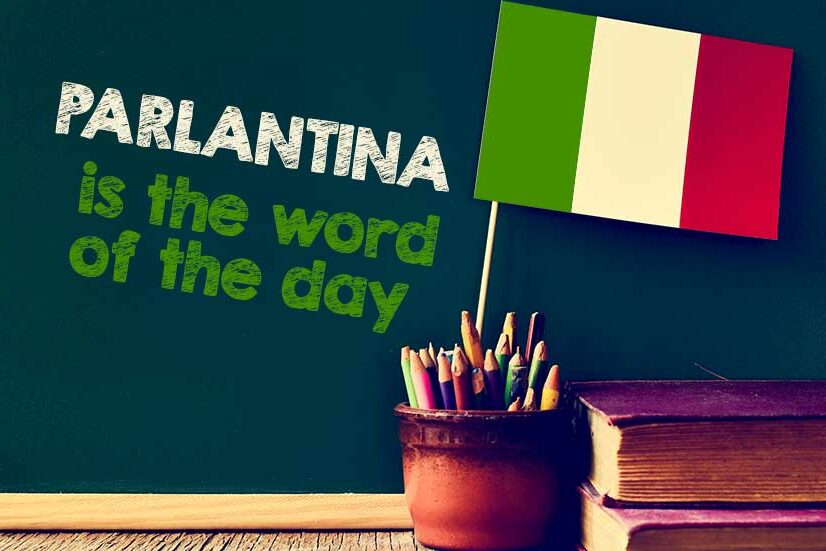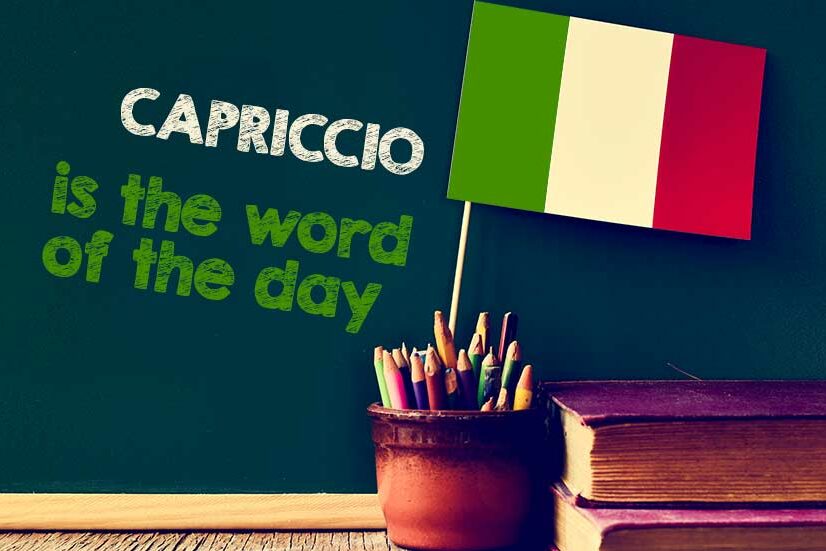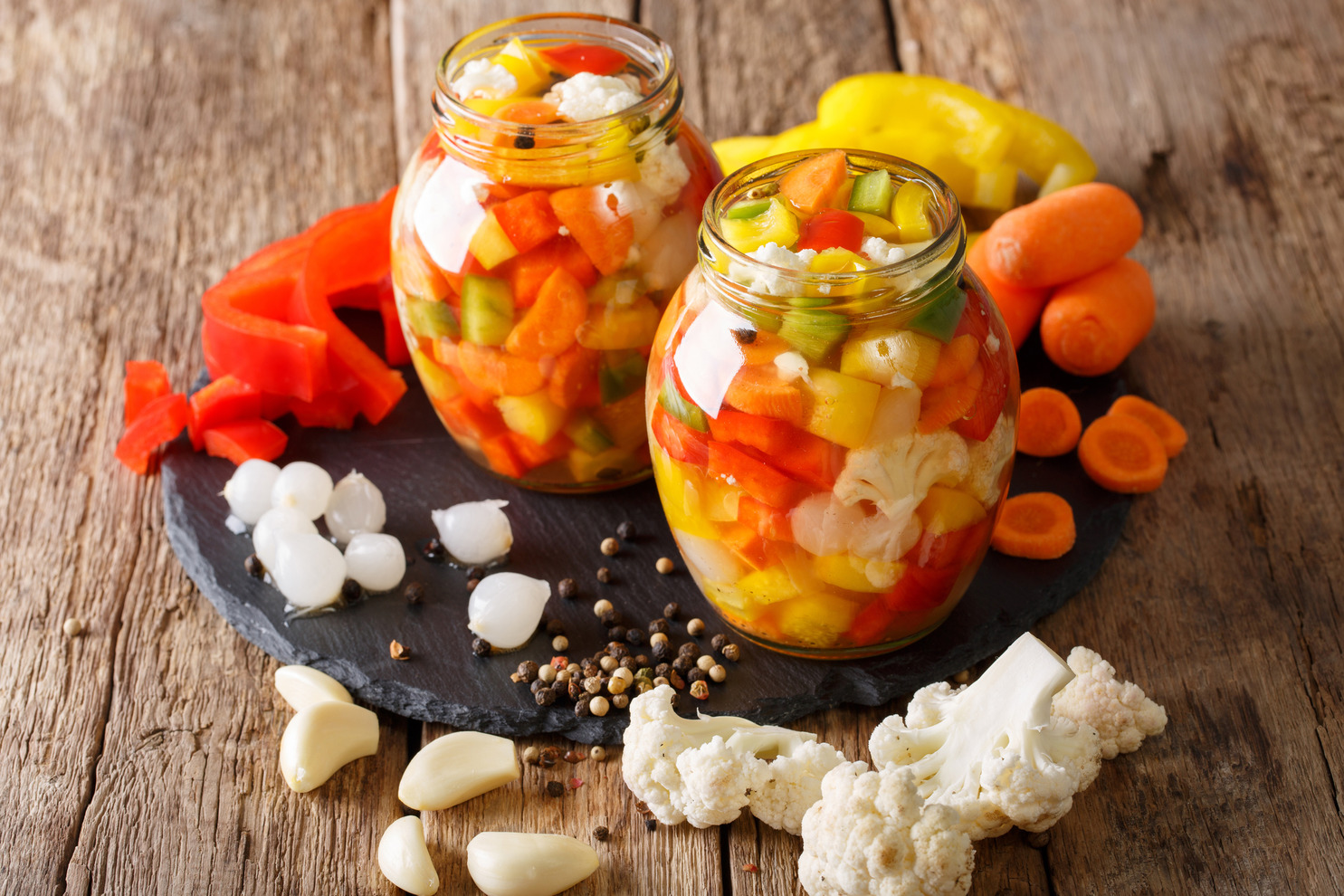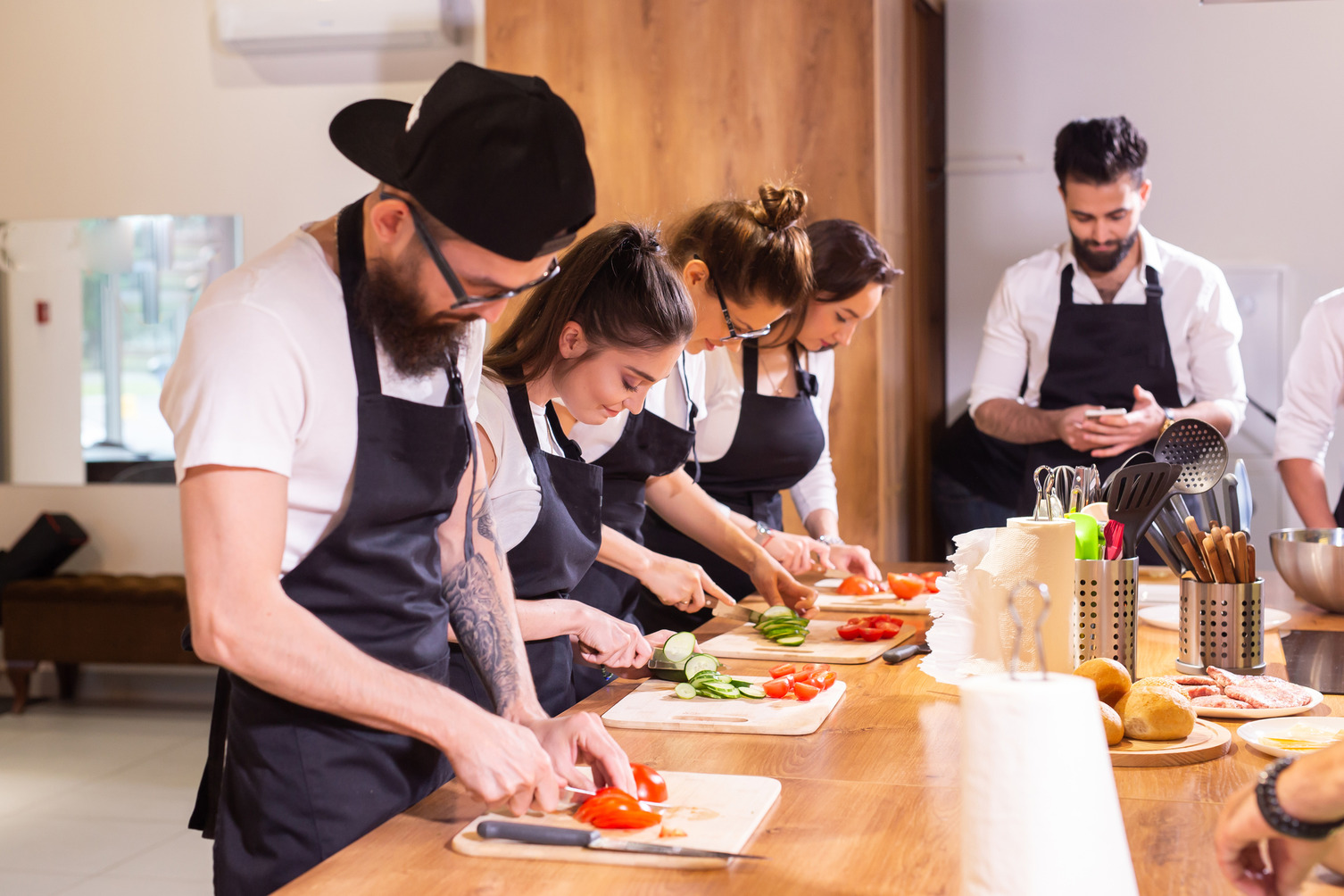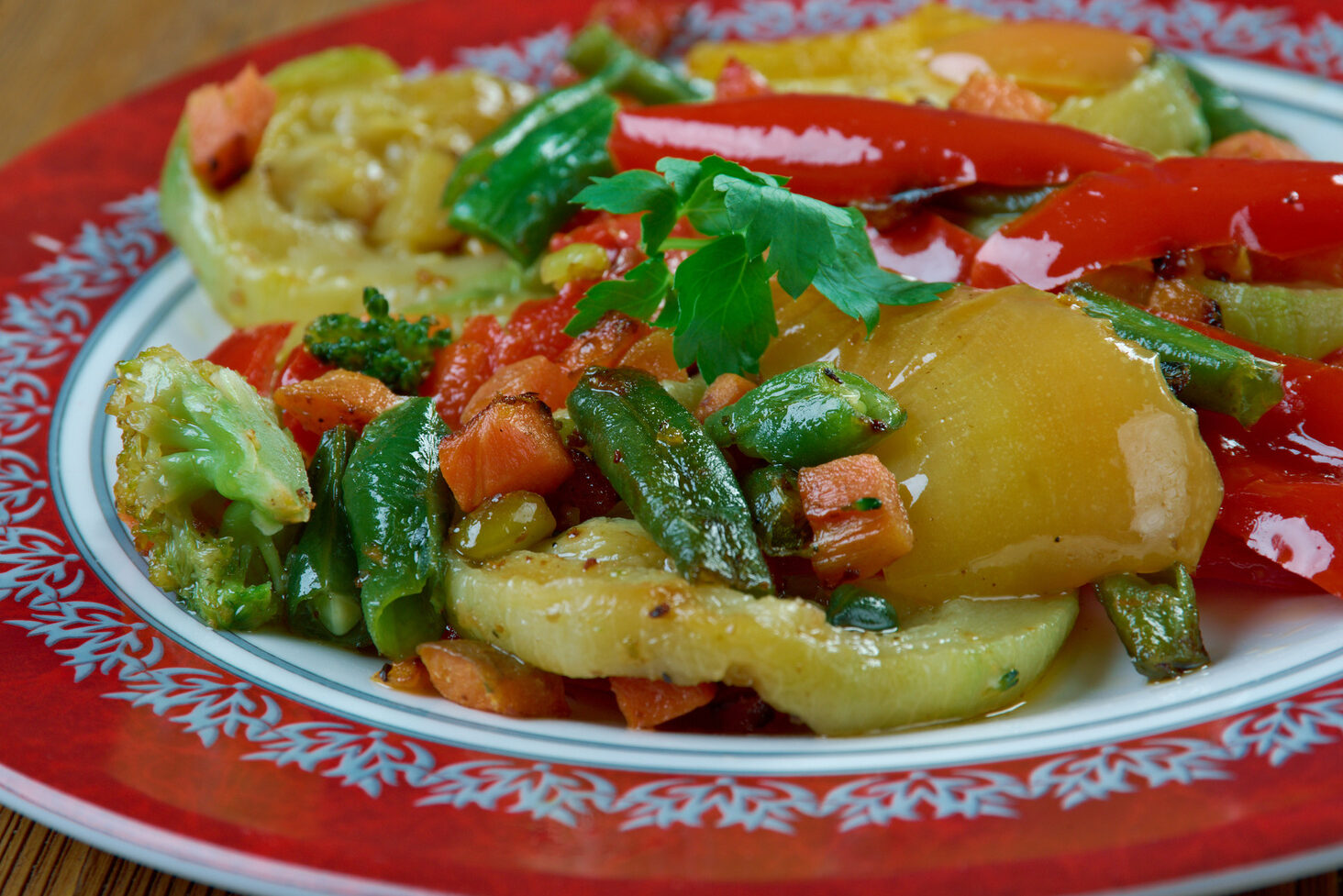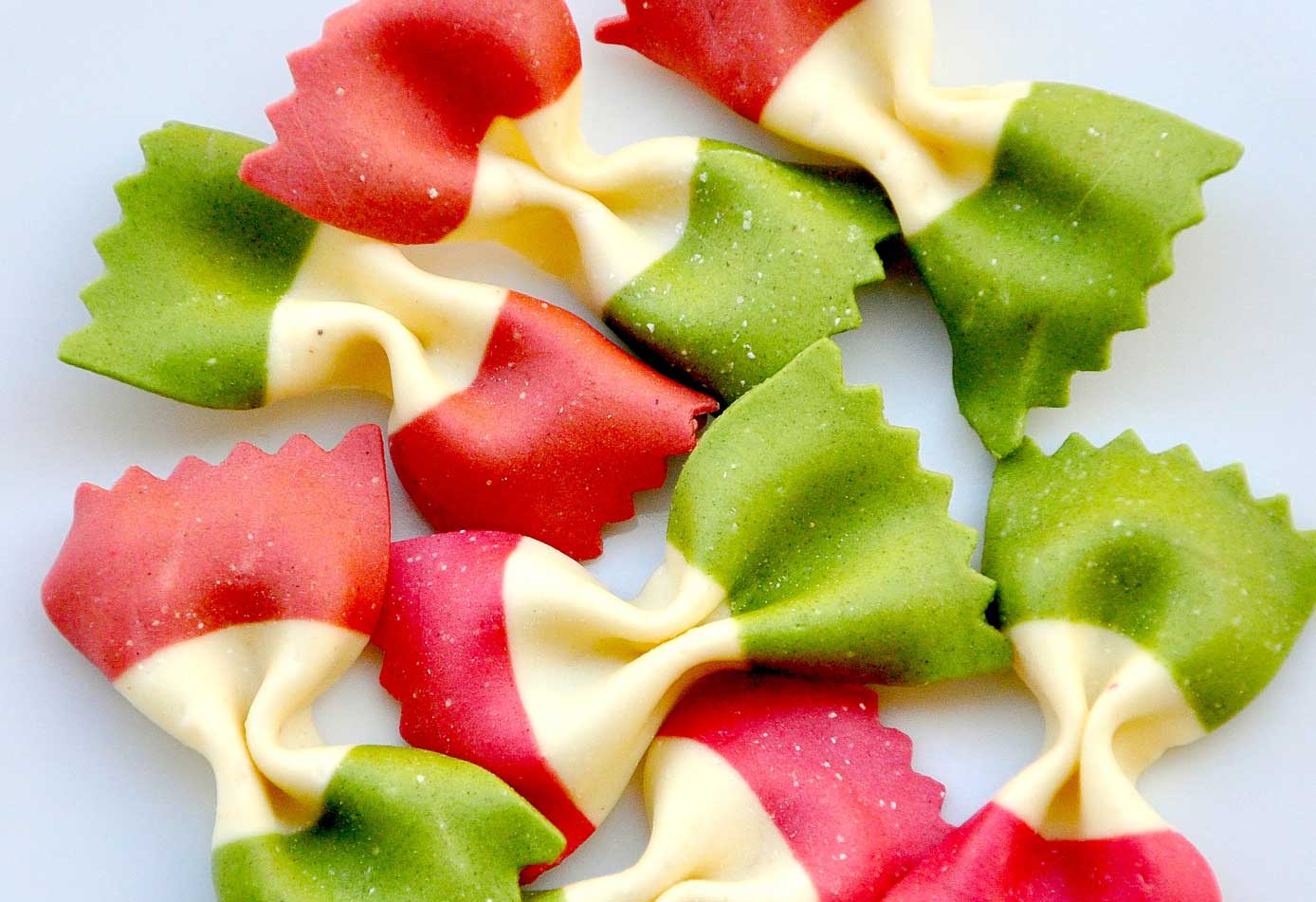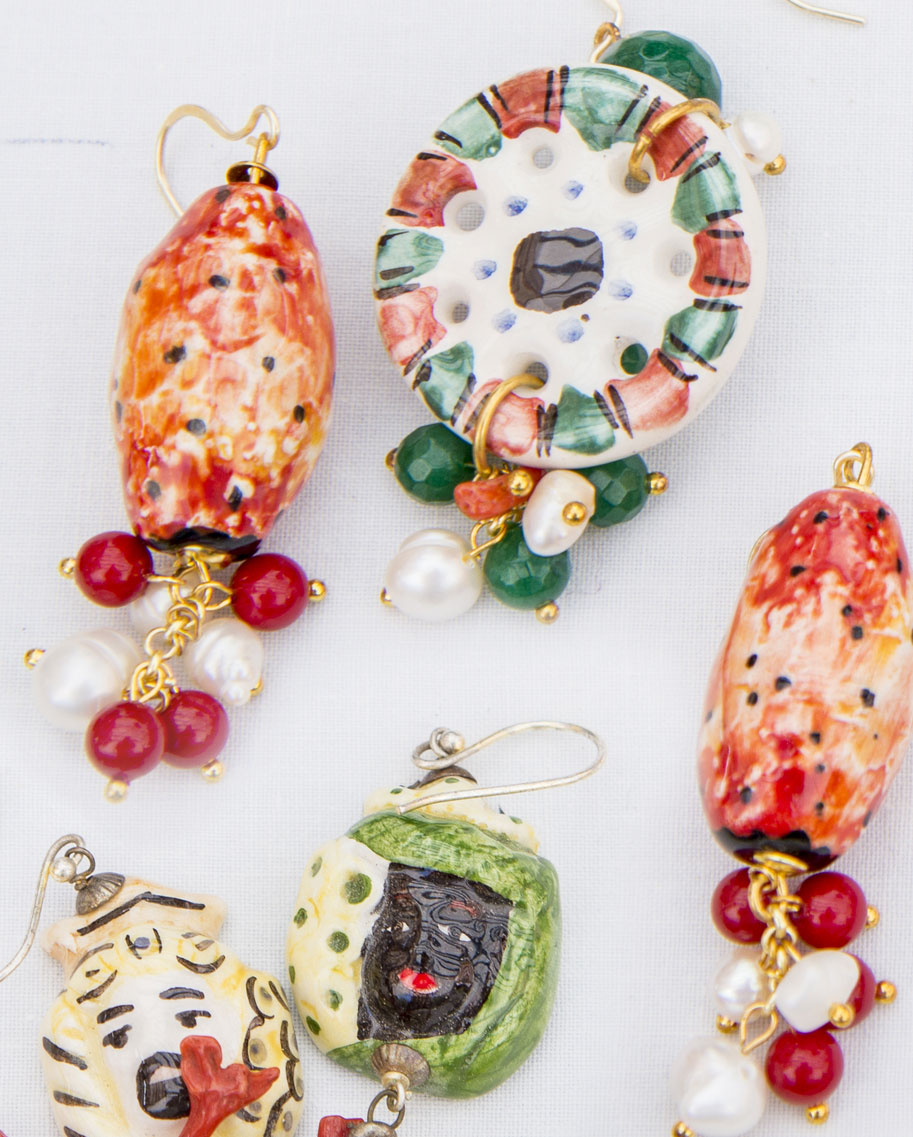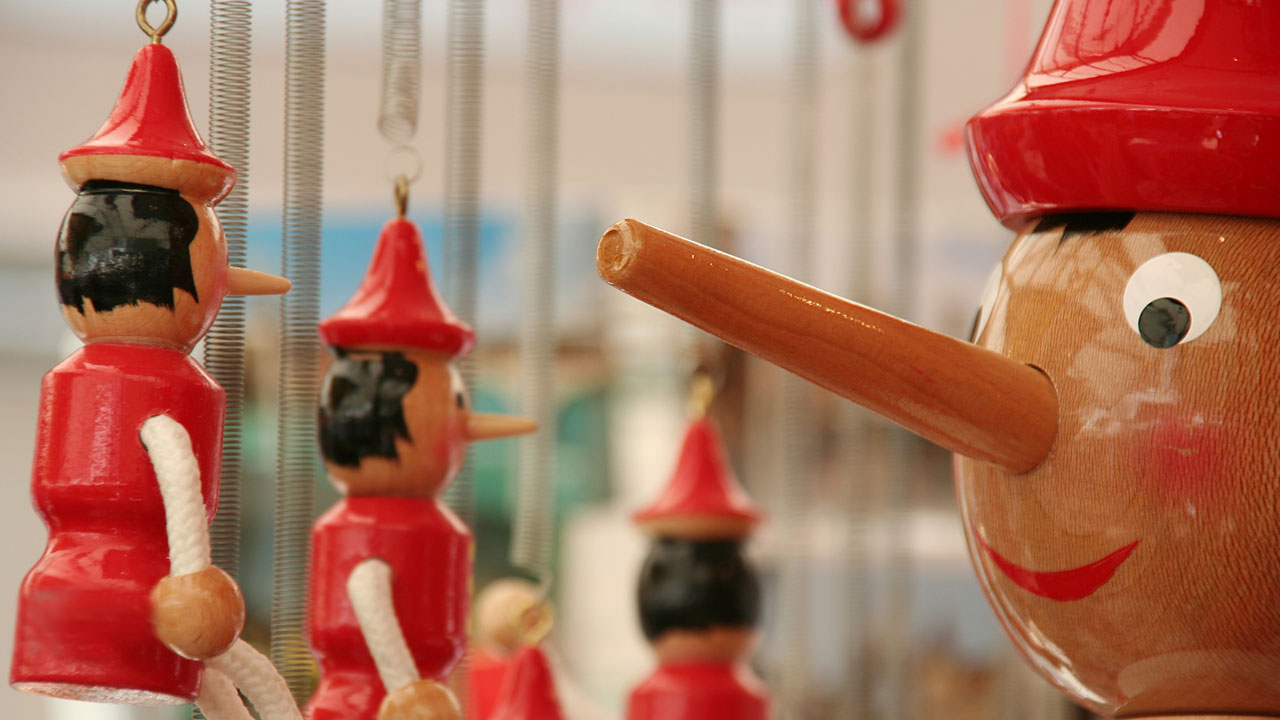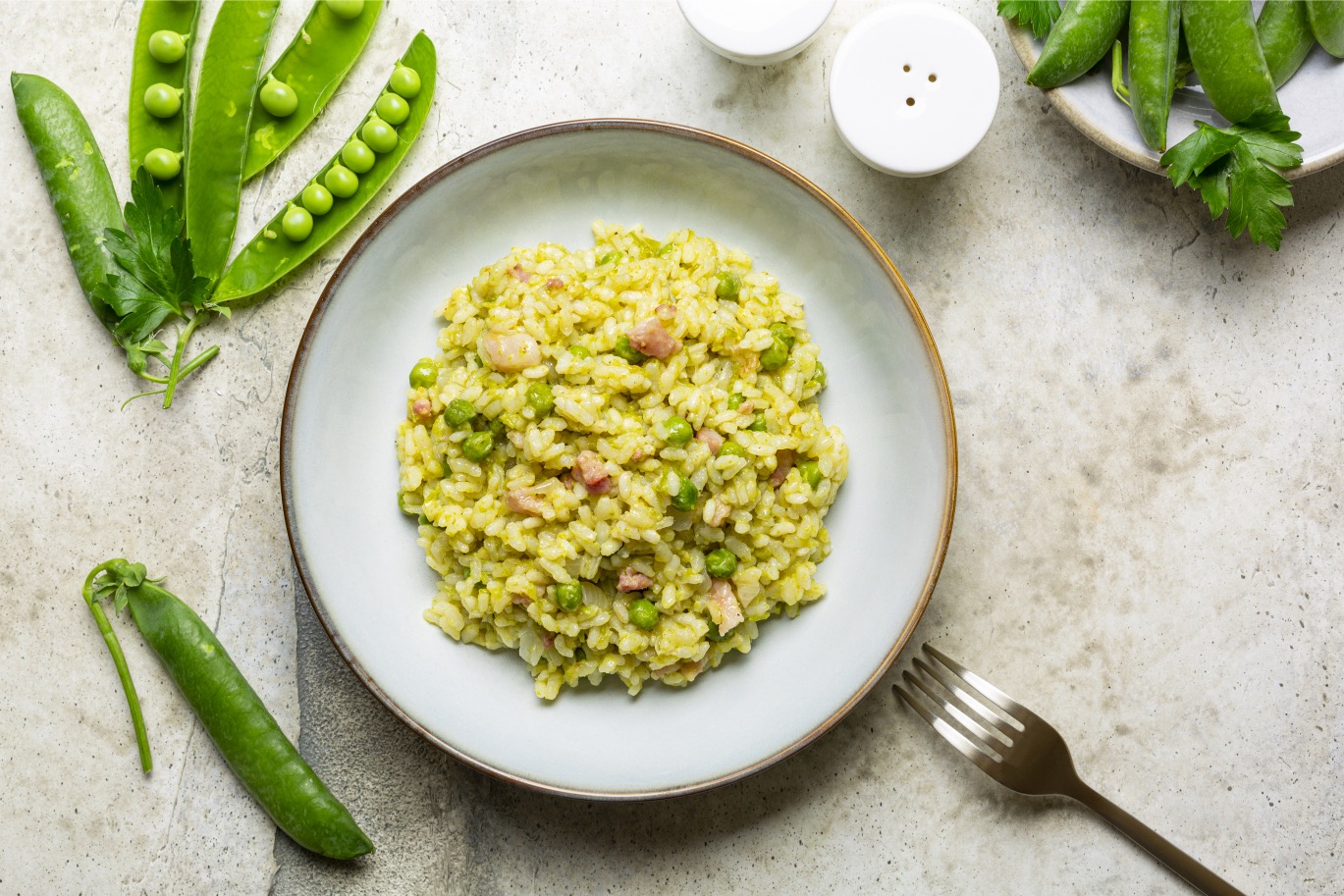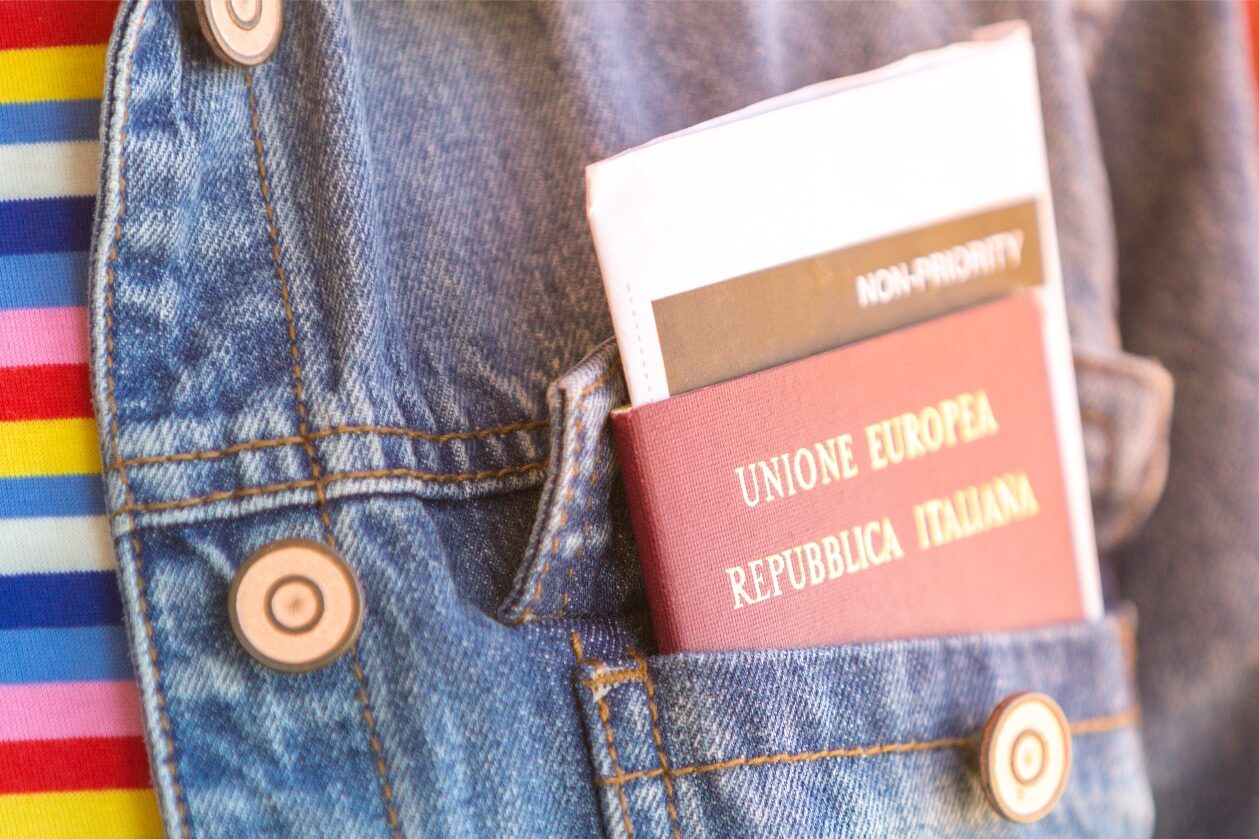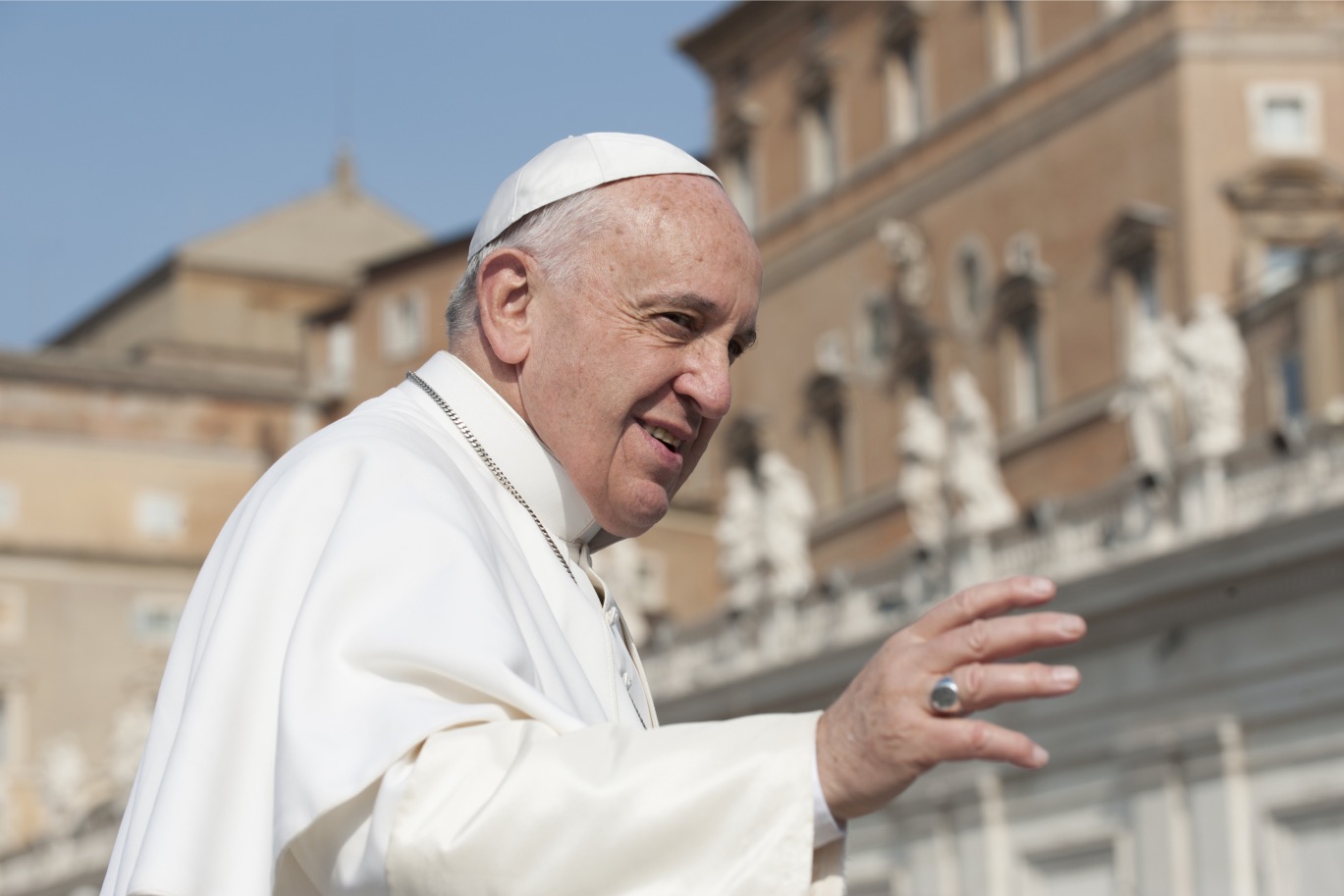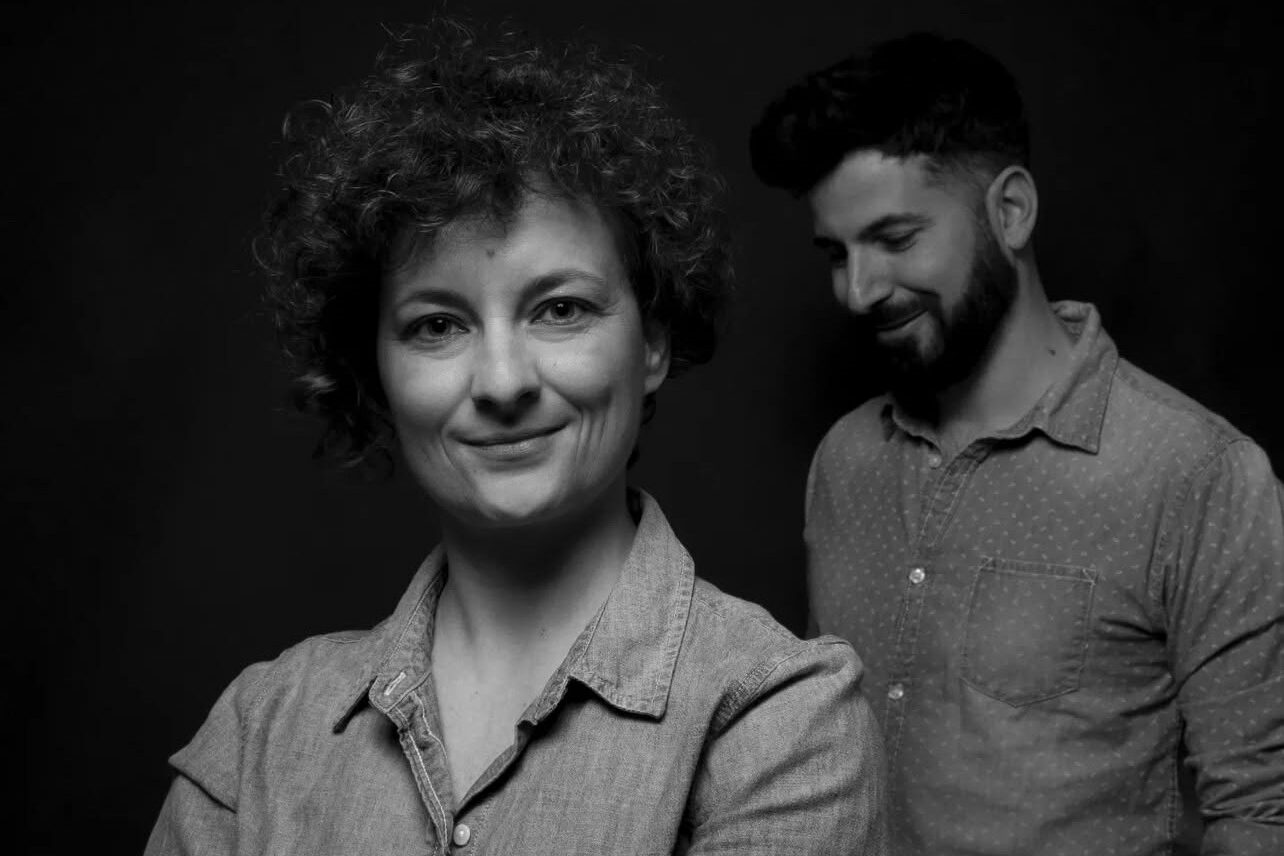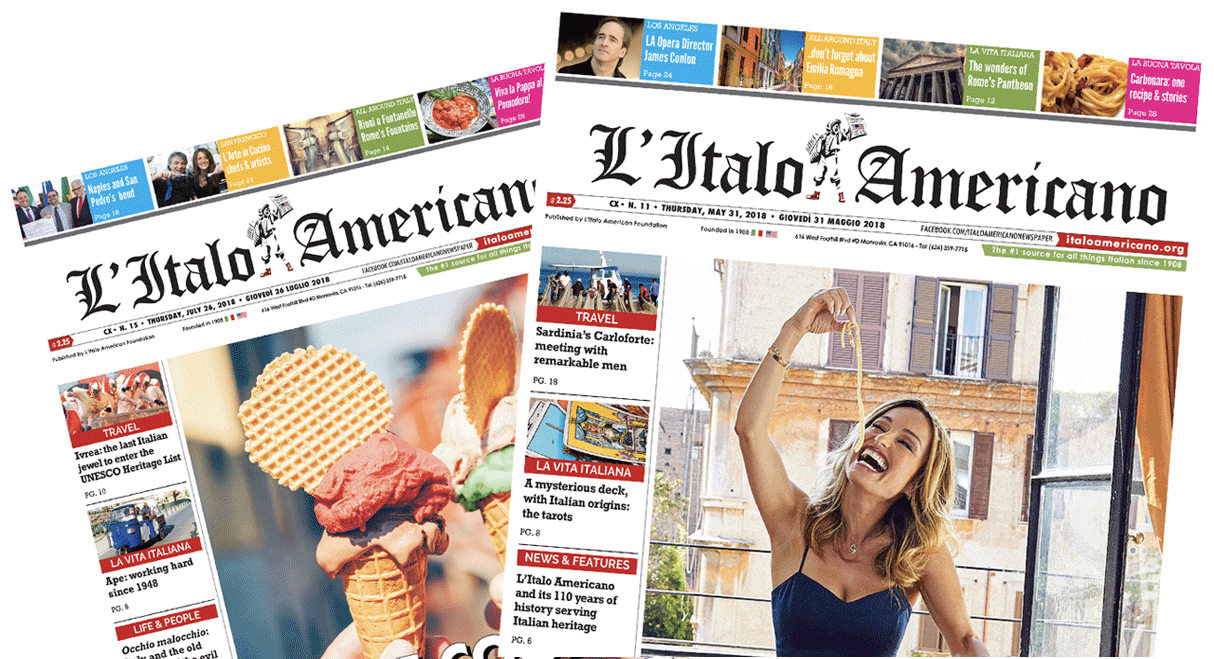Today’s route gives us the opportunity to travel from the Umbrian mountain hamlets of Colfiorito and Pale to the town of Foligno.
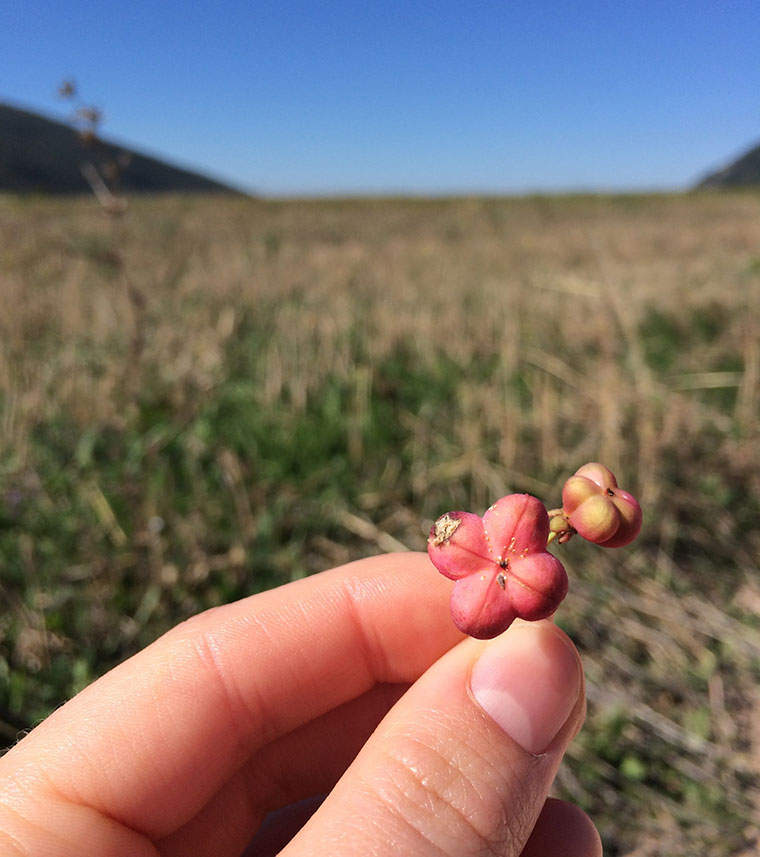
‘La berretta del prete’ [the Pope’s hat] flower along the cammino to Pale, Foligno
After breakfasting on Italian cornetti croissants and cappuccino, we begin our day by visiting the MAC, the Archaeological Museum of Colfiorito. It is a new structure full of glass cabinets, all brimming with ancient artifacts going back to nine centuries before Christ. Our guide tells us to pay special attention to the so-called “Princess Tomb”: dating back to six centuries BC, it was discovered in 1975 when Colfiorito was excavated. In fact, an entire necropolis with around 250 other tombs was uncovered here! Not normally a natural lover of archeology, I find the “Princess Tomb” to be particularly fascinating because of the many different items it includes, such as pots, vases, and other possessions that people were buried with, just like in Ancient Egypt. Of course, the more possessions these people were buried with, the richer they were – hence why it has been deduced that this woman was probably a princess: her tomb is full of an array of expensive items.

Municipio, Piazza della Repubblica, Foligno
Among all the artifacts in the museum, we also focus on some white fragments of pots depicting Dea Cupra, the goddess that the pre-Roman people of this area prayed to. Similarly to Venus, she was a goddess of fertility and water, and was worshiped by the Italic peoples of central Italy. Our guide, an archaeological expert, almost brings these items back to life with her own words, narrating the well-documented history of this area and its change of civilizations.
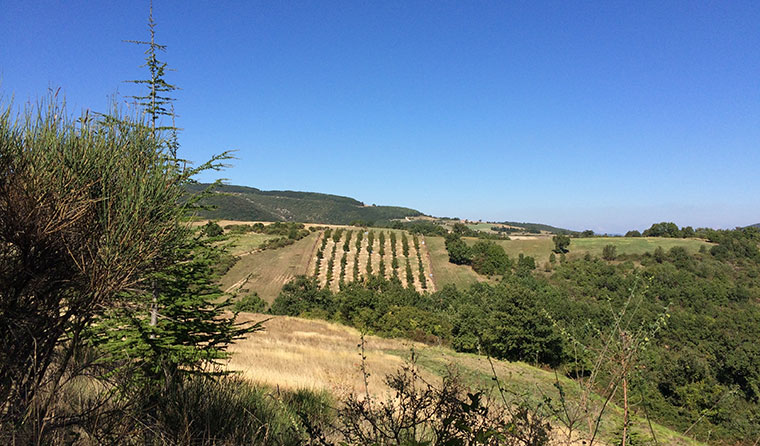
A view of neatly-planted truffles on the way to Pale
“Per conservare e difendere un territorio bisogna amarlo, per amarlo bisogna conoscerlo”. [To conserve and protect a territory, you need to love it. To love it, you need to know it.] This is the mission of the Natural History Museum in Colfiorito, as it is written on one of the signs inside. Bianca, a community-nominated local historian, teaches us about all that lives in the regional park of Colfiorito. It is a welcome stop, especially to learn from someone who is so passionate about this land and its ecosystem.
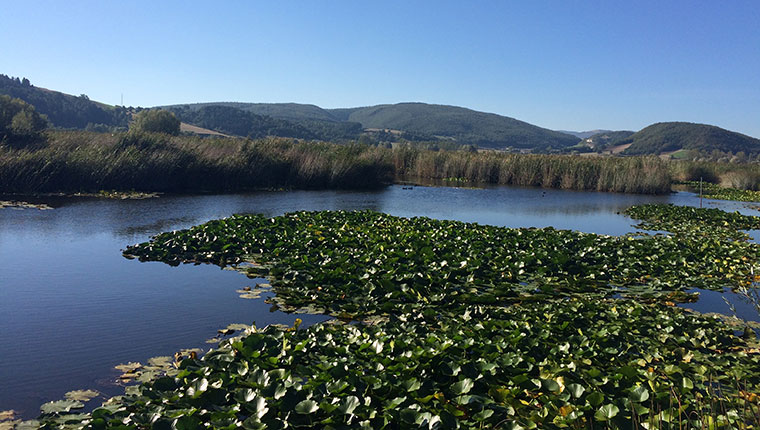
The ‘palude’ [marsh] in the National Colfiorito Park, Umbria
At just 338 hectares, this is the smallest regional park in the whole of Italy, but it is home to 39 native species of butterflies and 150 different species of birds. A heron swoops above us with wide span over the marsh or palude we are overlooking, and we see a gray butterfly open its wings to reveal an azure-blue span of color.
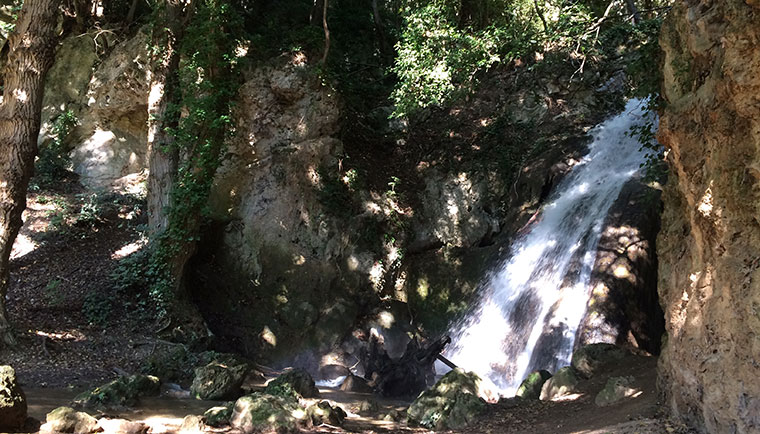
One of the ‘Menotre’ waterfalls in Foligno (Le Cascate del Menotre, Foligno, Umbria)
Water. This element has a fundamental significance to the area. Bianca explains how man has always battled with water in these parts, because the area used to be covered in it, which didn’t enable any land cultivation. Like at the Botte dei Varano – the underground tunnels we visited yesterday, that drained water from the planes – man was seeking to send water away. However, over time, man learned to work alongside water, so that a harmonious relationship was eventually built. And this is something that still remains, as we could see once more while we pass another water mill.
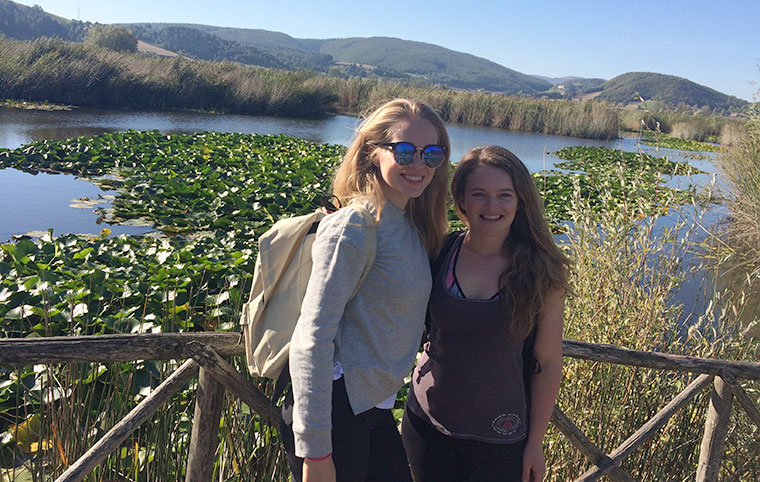
In front of the Palude in the National Colfiorito Park, Umbria
After driving to the starting point of our next cammino, we embark on our 10km walk to Pale. Bianca accompanies us as well as other Umbrians – friends of Maurizio and Luciano. They are constantly supplying us with information and knowledge of the area, but also with big bunches of wild herbs found on the way.
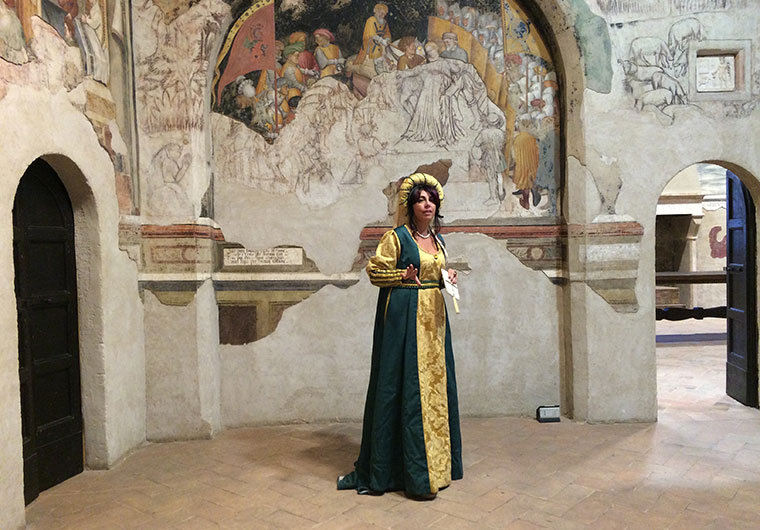
Actress Costanza Orsino giving a lively guide to the Palazzo Trinci, Foligno
The mountains here smell of elicriso – a flower that has an entirely unique aroma: it is like frankincense with a licorice kick. And then chicory, fennel, thyme, juniper – the Pale mountains offer acres of wild herbs and beautiful flowers: for example, fox gloves – that the Umbrians call bocca di lupo, “wolf mouths” – or the red flowers that look like old Pope hats, and are called, in Italian, that very thing. Franco and another friend named Paolo forage and unearth bright pink and garish yellow toadstools from the soil. These are huge toxic mushrooms – funghi tossici, but a good sign as well, because they show that edible mushrooms are close by, Franco says. The two of them are as steady as a sure-footed deer on the mountain terrain, running up or down earthy and stony slopes to gather what they see.
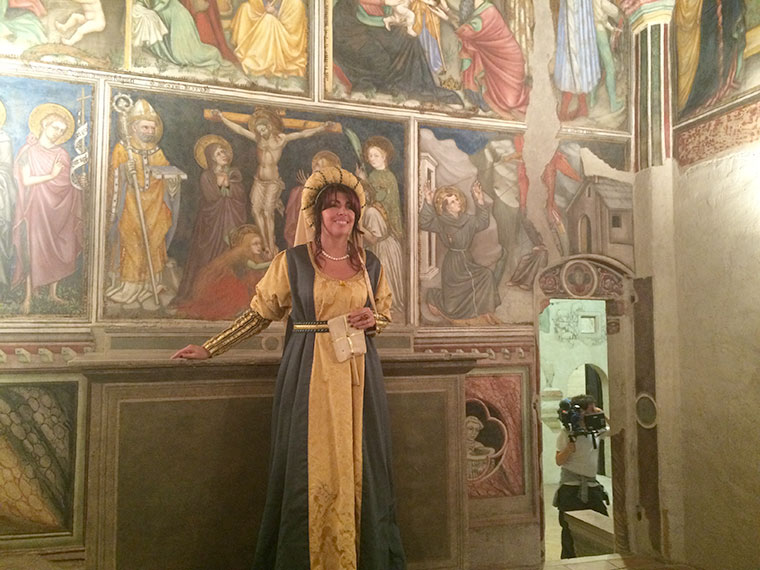
Actress Costanza Orsino teaching us about Palazzo Trinci, dressed in period clothing (Foligno)
From where we are walking, we can see the Monte Subasio, a mountain on which Saint Francis himself used to pray. We pass fields of chickpeas and lentils, coming closer to the hamlet of Pale.
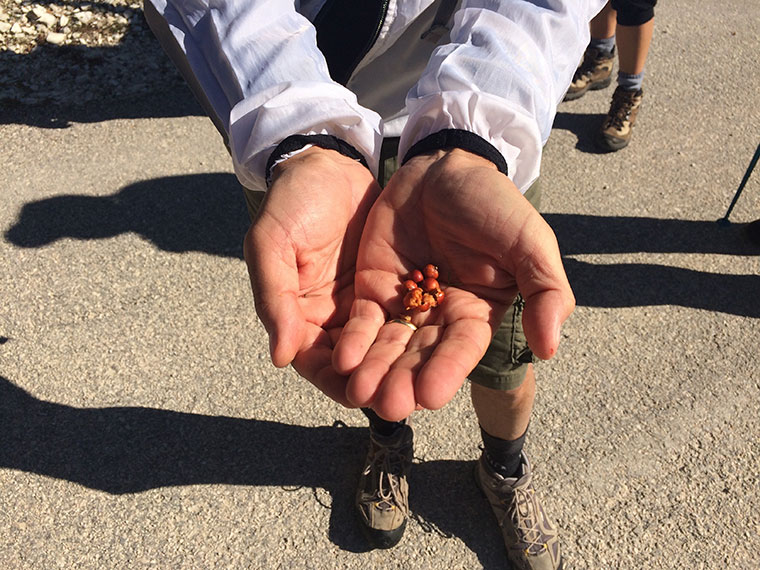
Foraging in the forest, the locals pick out and show us all the herbs and berries they know on the way (CFM)
Here we finally stop for lunch and have a true local feast. While waiting for lunch to arrive, we take shade under some olive trees. Then, we have mousse-like ricotta cheese with truffle and warm chickpea and lentil soup, followed by slow-roasted beef that melts like cream in your mouth. Our dolce is a local delicacy called rocciata, a sort of strudel with liquor, pine-nuts, chocolate and cinnamon. As for the red wine – Sportoletti from Assisi, it is preparing us for our trip there tomorrow.
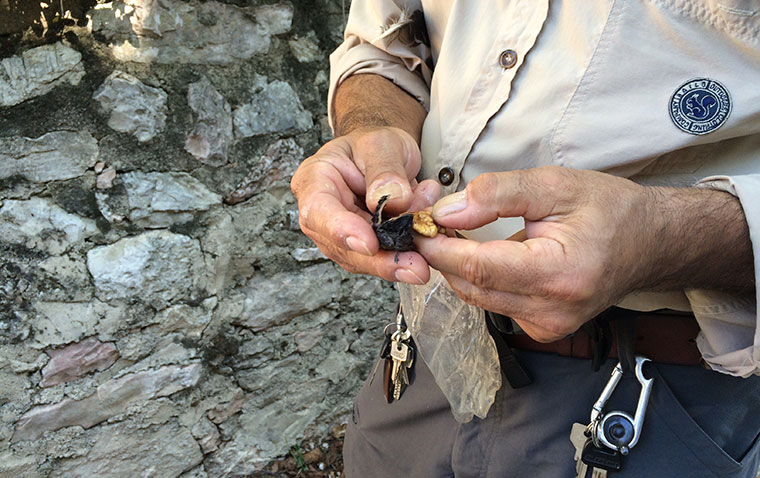
Franco pealing off the skin of a walnut, found along the cammino (Foligno)
Pale is magical. It feels like a mystical place, especially near the waterfalls, Cascate del Menotre. The sound of the water streaming provides a constant background noise as we descend and ascend through mossy, earthen walls. It is no wonder that these forests have inspired so many folk-stories about fairies.
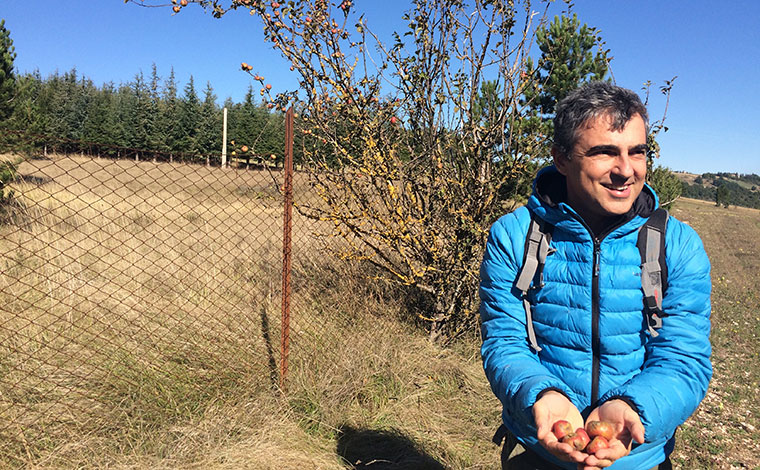
Paolo with ‘mele selvatiche’ [wild apples] on the cammino to Pale
We stop to admire and gaze at one of the Menotre waterfalls. We see ivy crawling up tall trees and crystal-clear cold water flowing downstream over rocks and roots, rendering stones and pebbles smooth. The rush of water, but also silence all around: in a sense, it feels like an enchanted forest. Behind the waterfall we clamber, and find ourselves in a tiny cave so fresh and dark that it seems like a sanctuary.
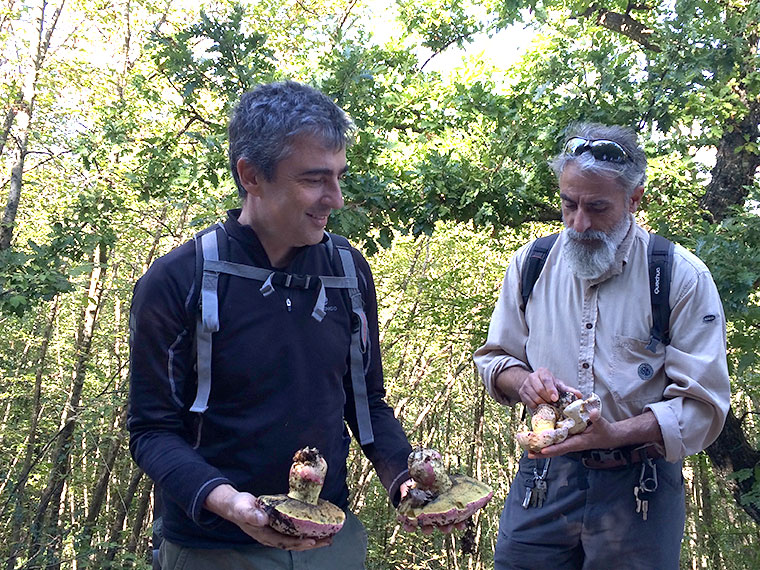
Paolo and Franco spot impressive, inedible mushrooms on the way to Pale, Umbria
Even Antonino, our bus driver, is finally able to be a passenger as we take a minibus to the town of Foligno, having arrived at our hotel just outside. He has decided he would like to walk the full 160km of the Cammino Francescano della Marca, as he has so much enjoyed the peace and tranquility of the places we have visited so far.
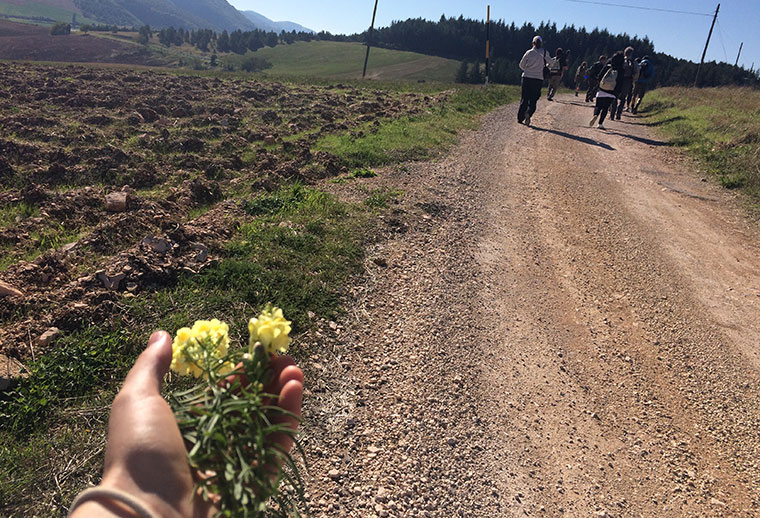
Holding a ‘bocca di lupo’ [foxglove] on the cammino to Pale
Arriving at 6pm, the main square in Foligno is piena di vita – absolutely full of life and buzzing with activity. People are out with their children, their strollers, and their dogs. Dressed up for dinner, looking elegant – the hubbub of conversation warms the air and reintroduces us to civilization as we walk towards Palazzo Trinci.
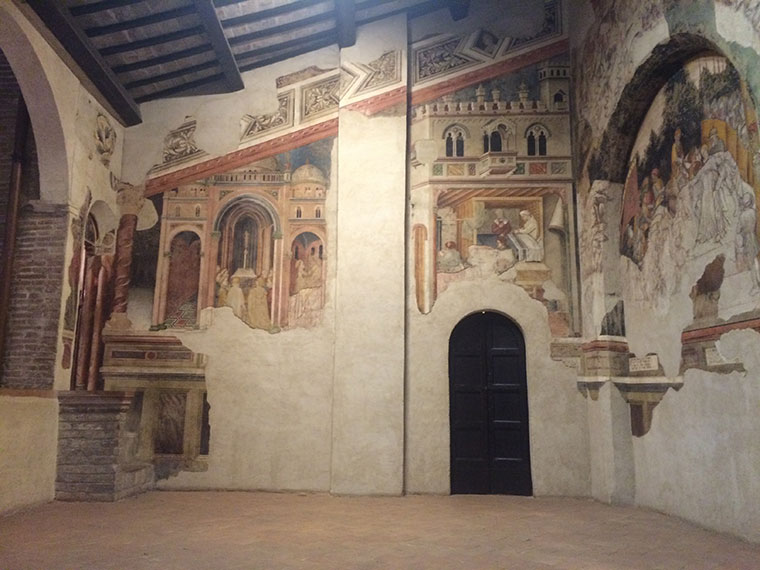
Frescos on the walls of Palazzo Trinci, Foligno
An actress dressed in an elaborate medieval dress guides us around this superb home, showing us the frescoes on the walls and what they portray: Romulus and Remus, the seven stages of man, the Gods and their depictions. I like how Sunday is represented as a chariot of the sun!
The palazzo is colossal and beautiful all at once, but the joy of the evening is pushing us forward out into the square once more. Lime green and golden yellow flags line the walls, and music is playing in the street. Tiny candles light tables where young people are collected together, while some workers are just packing up a craft market.
We finish our day drinking Assisi wine once more and having dinner at a restaurant called Green, which has an atmosphere I’d like to bottle and keep.
Tomorrow shall be our last day in Umbria, as we head to Rome to join the other pilgrims. We are halfway through the journey – nel mezzo del cammin… – and I really hope the second half will be just as rewarding as the first one has been so far.
A domani, Libby.
